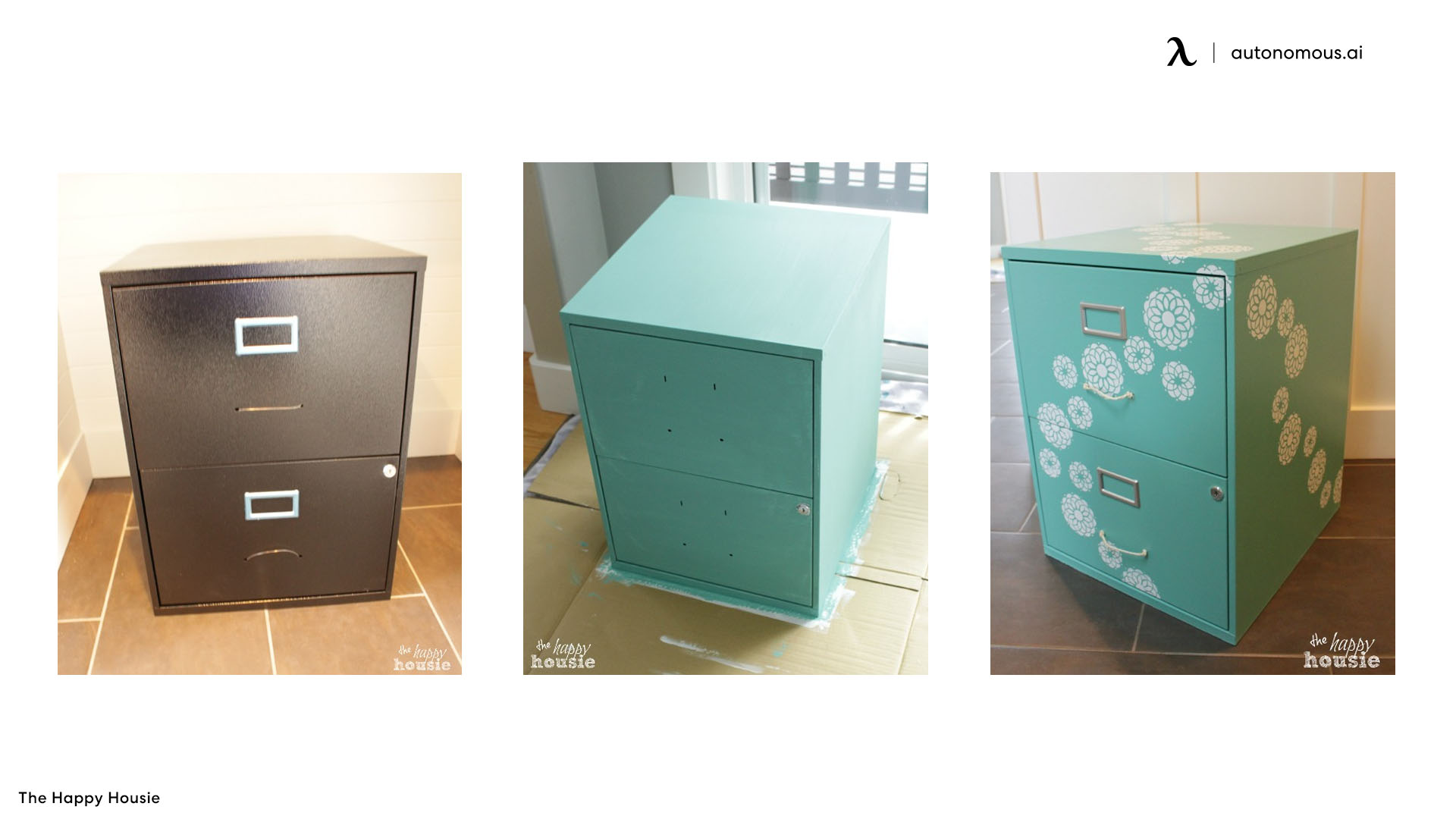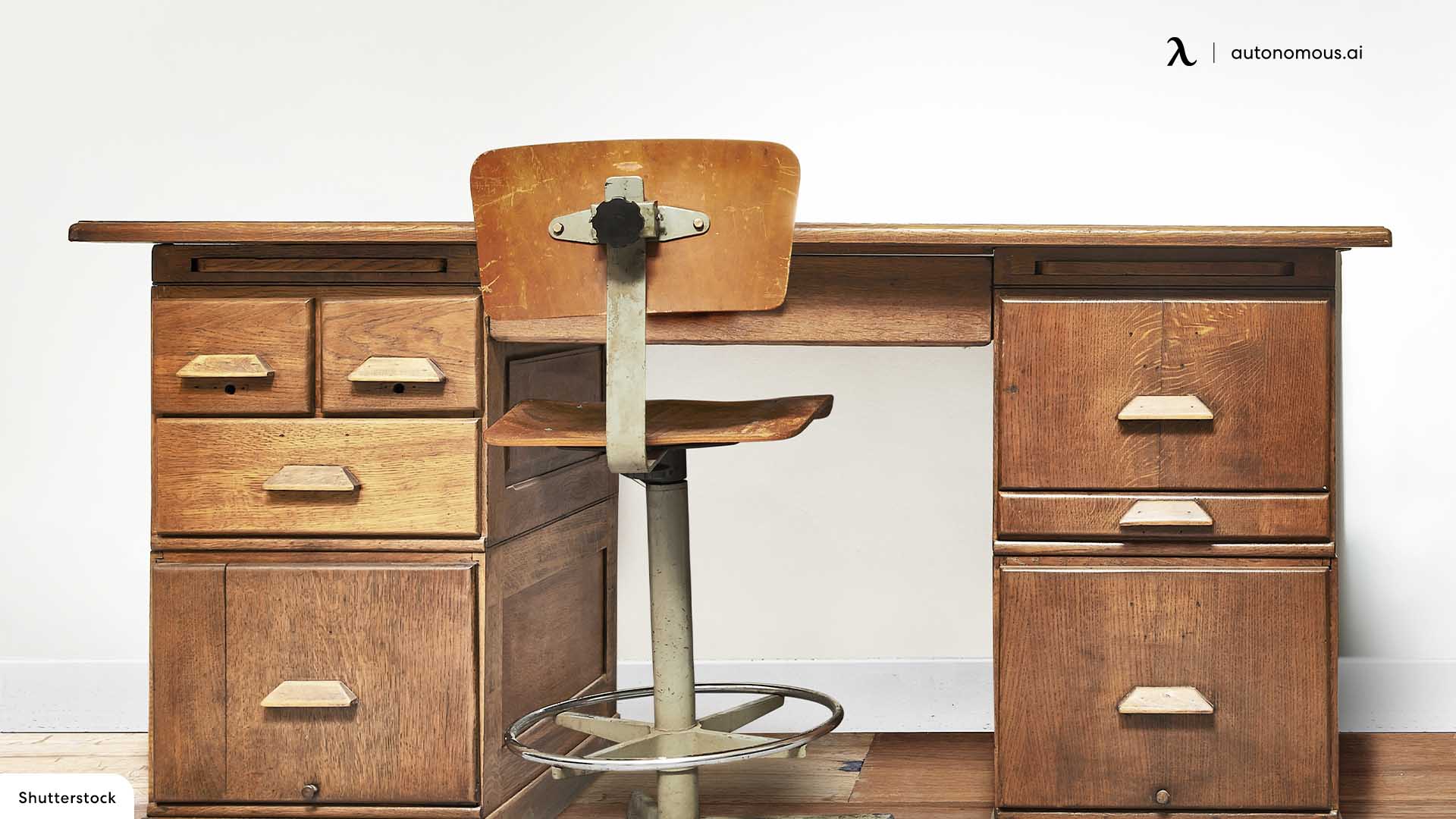DIY Wood File Cabinet Design and Planning

Planning a DIY wood file cabinet is an exciting project that allows you to create a custom storage solution that perfectly suits your needs. It’s a chance to express your creativity and build something durable and functional. To ensure success, meticulous planning is key. This section will guide you through the essential steps, from choosing materials to designing the cabinet.
Essential Materials
A comprehensive list of materials is essential for a smooth and efficient building process.
- Wood: The foundation of your cabinet. Consider factors like durability, aesthetics, and budget when selecting wood. Popular choices include plywood, MDF, and solid wood like pine or oak.
- Hardware: Drawer slides, hinges, knobs, and handles are crucial for functionality and aesthetics. Choose quality hardware for longevity and ease of use.
- Fasteners: Screws, nails, and glue are essential for assembling the cabinet. Select fasteners appropriate for the type of wood you choose.
- Finishing Materials: Paint, stain, varnish, or sealant will protect and enhance the appearance of your cabinet. Choose finishes that complement your design and the chosen wood.
- Tools: A basic set of woodworking tools, including a saw, drill, screwdriver, sander, and measuring tape, is essential. You may also need specialized tools depending on your design and skill level.
Design and Planning, Diy wood file cabinet
Before you start building, a detailed plan is crucial. It ensures that your cabinet will fit your space and meet your storage needs.
- Dimensions: Determine the ideal dimensions for your cabinet, considering the available space and the size of files you need to store.
- Drawer Configuration: Plan the number of drawers and their size based on your storage requirements. Consider the height of each drawer to accommodate different file sizes.
- Desired Features: Think about additional features you might want, such as a lockable drawer, a top shelf, or built-in dividers for organization.
Choosing the Right Wood
The type of wood you choose will significantly impact the durability, aesthetics, and cost of your cabinet.
- Plywood: A versatile and cost-effective option, plywood is known for its strength and stability. It comes in various grades, with higher grades offering better quality and durability.
- MDF: Medium-density fiberboard is a smooth and affordable option. It’s suitable for projects requiring a flat surface but is not as strong as plywood.
- Solid Wood: Pine, oak, and cherry are popular choices for solid wood cabinets. They offer durability, beauty, and a natural finish. However, solid wood can be more expensive than plywood or MDF.
Consider the weight of your files when choosing wood. Plywood and MDF are lighter than solid wood, making them suitable for cabinets with multiple drawers.
Building the File Cabinet Structure

Now that you have your design and plan in place, it’s time to get your hands dirty and build the cabinet. This part is where the real fun begins! You’ll be cutting, assembling, and creating a sturdy foundation for your file storage solution.
Cutting and Assembling the Cabinet Frame
The cabinet frame is the backbone of your file cabinet. It provides the structure and support for the drawers and shelves. To build a sturdy frame, you’ll need to choose the right wood and use precise cuts and strong joints.
- Start by cutting the pieces for the sides, top, bottom, and back of the cabinet. Measure twice and cut once! Precision is key for a well-constructed cabinet. Use a table saw or miter saw for clean and accurate cuts.
- Next, create strong joints to connect the pieces. Consider using pocket holes, dowels, or mortise and tenon joints. Pocket holes are a quick and easy option, while dowels offer a more traditional look. Mortise and tenon joints are the strongest but require more time and skill.
- After cutting and joining the frame pieces, make sure they are square and level. Use a combination square and level to check for accuracy. If needed, make adjustments before proceeding.
Creating Sturdy Drawers
The drawers are the heart of your file cabinet, so it’s important to build them to last. There are a few different methods for creating sturdy drawers, each with its own advantages.
- Dovetail Joints: These joints are known for their strength and beauty. They are created by interlacing the pieces of wood, creating a strong interlocking connection. This method requires some practice and skill but is well worth the effort.
- Rabbet Joints: This method is simpler than dovetail joints and involves creating a groove in one piece of wood that fits into a lip on the other piece. Rabbet joints are strong and relatively easy to create.
- Drawer Slides: You can use pre-made drawer slides for a quick and easy installation. These slides come in different styles and materials, offering flexibility and convenience.
Finishing the Cabinet
After assembling the frame and drawers, it’s time to give your file cabinet a smooth and durable finish. This step adds protection and enhances the appearance of your creation.
- Sanding: Start by sanding the entire cabinet surface with progressively finer grit sandpaper. This will smooth out any rough edges and create a uniform surface for the finish.
- Priming: Applying a primer helps to seal the wood and provides a better base for the final coat. Choose a primer that is compatible with your chosen finish (paint or stain).
- Painting or Staining: Apply your chosen finish, whether it’s paint or stain. Multiple coats may be needed for a durable and even finish. Follow the manufacturer’s instructions for drying time and application.
Finishing Touches and Customization: Diy Wood File Cabinet

You’ve built the foundation of your DIY file cabinet, but now it’s time to add those finishing touches that will make it truly your own. This is where you can unleash your creativity and turn a functional piece of furniture into a stylish and personalized statement.
Optional Features and Customizations
Adding optional features and customizations can enhance the functionality and aesthetics of your DIY file cabinet.
Here are some ideas:
- Drawer Dividers: Keep your files organized and separated within each drawer by adding custom dividers. You can create these from wood, cardboard, or even plastic organizers.
- Pull-out Shelves: For larger items or folders, consider adding pull-out shelves to your cabinet. These can be made from plywood or a similar material and are easy to assemble.
- Locking Mechanism: Add a lock to your file cabinet for extra security. You can purchase a lockset specifically designed for furniture or use a simple padlock.
- Interior Lighting: Install a small LED light inside the cabinet for better visibility when searching for files.
- Customizable Label Holders: Add label holders to the front of each drawer for easy identification. These can be made from wood, acrylic, or even metal.
Incorporating Hardware
Installing hardware is essential for the functionality and aesthetic appeal of your file cabinet.
- Drawer Pulls: Choose drawer pulls that complement the style of your cabinet. There are countless options available, from simple knobs to intricate handles.
- Hinges: For doors or drawers that require hinges, select hinges that are durable and suitable for the weight of the cabinet. You can choose from various finishes, including brass, nickel, and black.
- Locks: If you’ve decided to add a lock to your file cabinet, make sure to choose a lockset that fits the style and design of your cabinet. Ensure you have the right tools for installation.
Design Styles and Decorative Elements
Your DIY file cabinet can be a reflection of your personal style. Here are some ideas for design styles and decorative elements:
- Modern: Embrace clean lines and minimalist aesthetics. Consider using a light wood stain and simple metal hardware.
- Rustic: Create a warm and inviting feel with a natural wood finish and distressed hardware. You can also add rustic accents like rope handles or metal accents.
- Industrial: Channel a sleek and urban vibe with a dark wood stain, metal accents, and exposed hardware.
- Shabby Chic: Add a touch of vintage charm with a light paint finish, distressed hardware, and decorative elements like lace or fabric.
Building a DIY wood file cabinet is a great way to add a touch of personalized style to your home office. If you’re looking for inspiration, consider the timeless elegance of a cherry wood kitchen pantry cabinet. The rich grain and warm tones of cherry wood would make a stunning addition to any file cabinet, adding a touch of sophistication to your workspace.
Building a DIY wood file cabinet is a fantastic way to add a personal touch to your office space. Choosing the right wood stain can be tricky, though, especially when you consider the color of your floors. If you’re working with oak cabinets, take a peek at this article on what color wood floor goes with oak cabinets to get some inspiration for your project.
Once you’ve decided on the perfect stain, you’ll be well on your way to a beautiful and functional file cabinet that complements your entire room.
